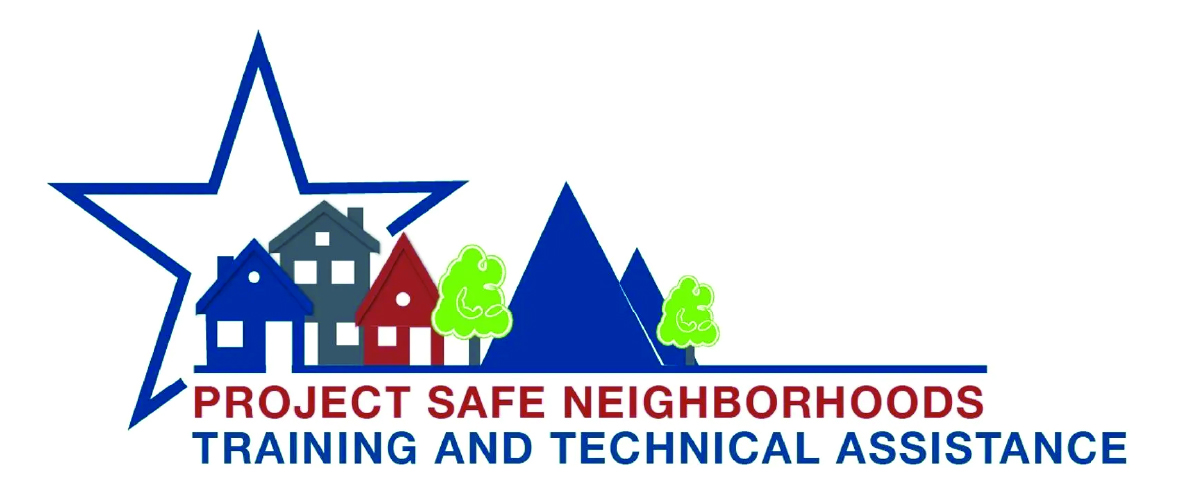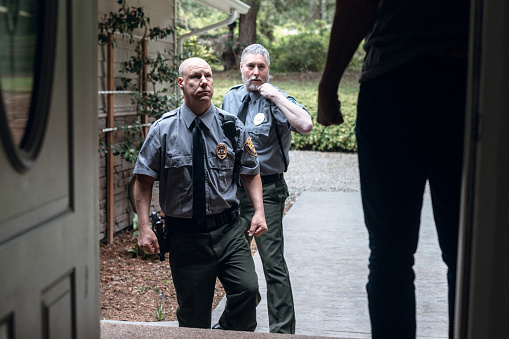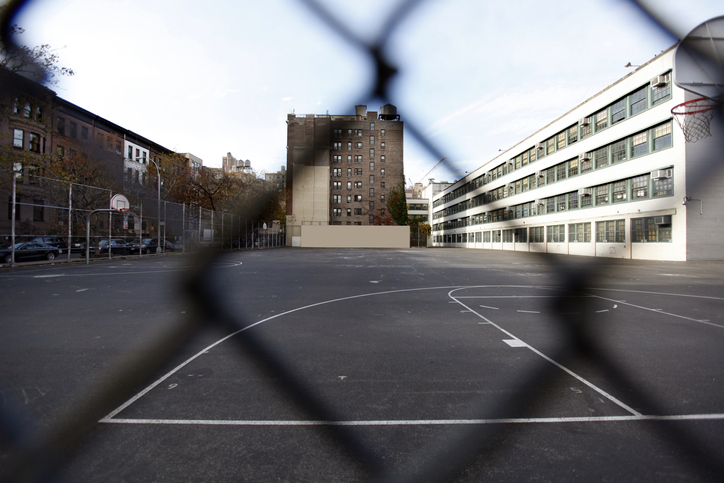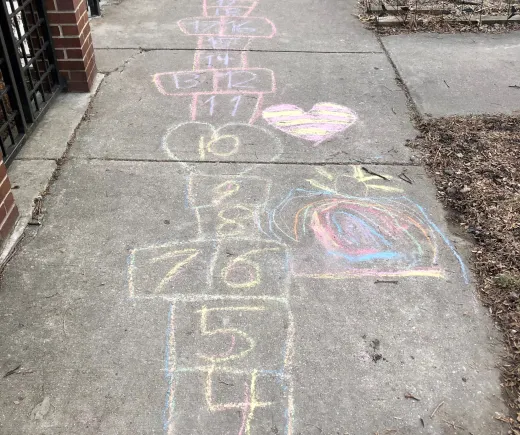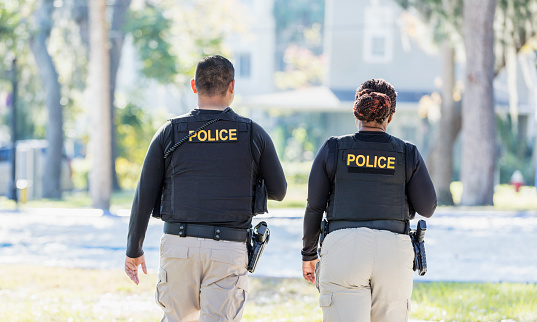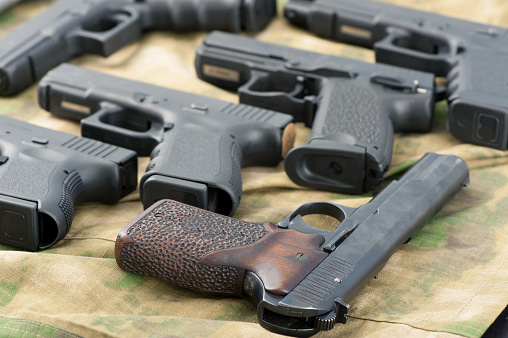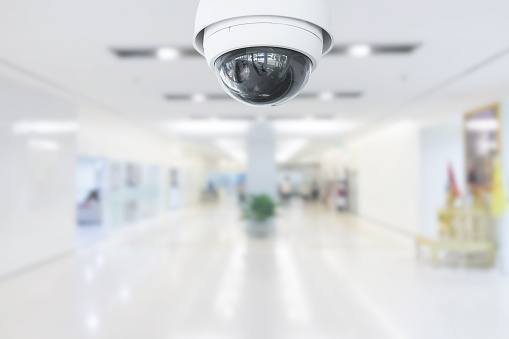A violent retaliatory dispute is a conflict between multiple people that carries on over time. A violent retaliatory dispute …
Law enforcement agencies can take several steps to improve homicide investigations and homicide clearance rates. By implement…
Comprehensive youth violence prevention programs reduce gun violence by targeting individual, relational, community, and soci…
The Credible Messenger Model partners community members who can build relationships with juveniles and adults who are in secu…
Lethality assessment instruments are used by law enforcement to assess whether an individual who engaged in domestic violence…
Focused Deterrence is a multi-faceted evidence-based approach that first identifies groups or individuals who are driving gun…
Extreme Risk Protection Orders (ERPOs) are civil court orders, similar to domestic violence restraining orders, that temporar…
Cure Violence aims to reduce violence using public health approaches. Cure leverages community partnerships and violence inte…
Youth development program approaches may vary, but typically include a structured curriculum with skill-building activities d…
Individual-level community-based services aim to target criminogenic risk factors that may lead to gun-involved crime. These …
Comprehensive background checks performed on potential firearm purchasers reduce the number of guns being diverted to the ill…
The Top Offender List training provides insight and guidance in developing a “top offender list” documenting the roughly 6% o…
Targeted gun law campaigns aim to reduce illicit access to firearms by informing gun owners about local regulations surroundi…
Research finds that the clearance rate for homicides is higher than the rate for non-fatal shootings. This discrepancy is the…
The Survivors Empowered Rapid Response Team is a public awareness campaign that leverages the first-hand stories of gun viole…
Street outreach workers collaborate with law enforcement agencies, often engaging youth in neighborhoods deemed as high risk …
Some states allow or require law enforcement officials to confiscate firearms when they are called to a scene for domestic vi…
Problem-oriented policing uses the SARA Model: Scanning, Analysis, Response, Assessment. The model is supposed to support an …
Public education around safe storage of firearms can prevent accidental gun injuries, particularly among children. A key bene…
Federal law does not regulate the number of guns a person can buy at once, but states can implement legislation that limits t…
Real-Time Crime Centers (RTCCs) leverage innovative technologies to help law enforcement agencies respond strategically to cr…
The goal of public awareness campaigns targeting gun violence is to increase communities’ knowledge about specific aspects of…
A community liaison serves as an anti-violence coordinator in the community. Their responsibilities include oversight of the …
Healthcare professionals can counsel parents and other adult caregivers about gun-related risks to their children’s health an…
Healthcare professionals can counsel parents and other adult caregivers about gun-related risks to their children’s health an…
The Nonfatal Shooting/Gun Violence Reduction Assessment helps to assist local gun violence prevention efforts and to organize…
Law enforcement agencies can create neighborhood engagement units to reach marginalized populations by collaborating with com…
Investigations of denied background checks can reduce access to firearms for prohibited possessors. Research shows that peopl…
Mentoring approaches to reduce gun violence combine elements of group-based violence intervention (focused deterrence), hospi…
State laws typically require community members to report if their personal firearm is lost or stolen; however, many individua…
Law enforcement agencies can use a wide range of approaches to identify chronic offenders and implement tailored intervention…
Hospital-policing partnerships aim to improve law enforcement’s coordination with social services and healthcare partners. La…
Homicide review commissions are multi-agency efforts that aim to reduce homicides and non-fatal shootings. Law enforcement, c…
The goal of the Homicide Investigations and Prosecution Assessment is to reduce violent crime, promote high-quality investiga…
Homicide and non-fatal shooting databases are tools to help commanders stay updated about key identifiers in recent violent c…
Gunshot detection technology is an acoustic surveillance system that law enforcement agencies install in high-crime areas so …
